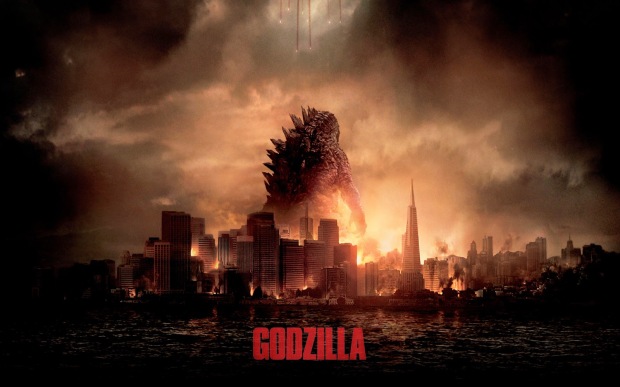Growing up in Singapore/Malaysia, my childhood has always revolved around Japanese films and animation (Anime). Back in the 90’s, western cartoon shows like Rugrats, Dexter’s lab and Hey Arnold can only be accessed with an Astro cable subscription (which was new and super expensive at the time).
Source: Cartoon Network & Nickelodeon
Throughout the 90’s until the early 2000’s, the majority of kids (From my circle of friends) prefer Japanese shows like Ultraman, Gundam Series (Gundam Wing) and Ninja Warrior (Sasuke) because its accessible on the public channel every Saturday morning and Sunday Night.

Gundam Wing Endless Waltz (1998) Source: Sunrise
Every kid in the neighborhood knows who Ultraman is, we used to play pretend who’s Ultraman and who’s the monster at the playground and ended up having bruises when we get back home. I remember beating my friend so hard because he pretended to be “DADA”, my most hated monster in the Ultraman series.

“DADA” Monster from the Original Ultraman (1966) Source: Tsuburaya Production
When my family got an Astro subscription, I got the privilege to access both western and Japanese cartoons. At that moment, I was exposed to shows like Spongebob and The Suite Life of Zack & Cody where I don’t have to read subtitles to understand. At the time, that was considered as a privilege. The idea of having 3+ Channels for cartoons was beyond my expectation.
A few days back, I saw the original 1954 “Gojira”, and cant help but to feel nostalgic because it reminds me of the good old “Ultraman” days. The sound and special effects were similar. Have a look at this comparison :
Ultraman (1966) Source : Youtube
Gojira (1954) Source : Youtube
The original Ultraman was first aired in Japan in 1966, so its understandable to see similar values and effects from Gojira. There was an episode from the Original Ultraman (1966) that had a Gojira reference. They introduced a monster that looks and sounds exactly like Gojira and named it “Red King” as a reference to the nickname that was given to Gojira, “Godzilla: King of The Monsters”. That was the closest one we can get for a Godzilla vs Ultraman crossover.
Source: Google
We can clearly see how influential the original Gojira is to the film industry. It became its own genre (kaiju) that inspired awesome films like Ultraman, and Super Sentai. Throughout the years, this film culture has been utilized to its full potential and people tend to link this genre, to be a part of the Japanese culture. Even Hollywood are trying get a piece of the cake when they attempt to make an American adaptation of Godzilla in 1998, 2014 and the upcoming sequel to the 2014 movie.

Godzilla (2014) Source: Google
They did the same thing to Ultraman as well. There were 2 non – Japanese version of Ultraman throughout the 90’s, one from the US (Ultraman: Ultimate Hero, 1995) and Australia (Ultraman: Towards The Future, 1992).
Source: Google
From my cultural background, I can clearly spot the differences between Japanese films and its western adaptations. Maybe its just my gut feeling, but the American Ultraman has a different tone into it, even with an Asian lead character, and the same monsters from the original, it doesn’t feel the same as the original formula that the Japanese had been using from 1966 – 1980. Same goes to Godzilla, my first Godzilla film was, Godzilla vs Mothra (1992). When I first saw the 1998 American Version, it felt different. In conclusion, both sets of film shares the same values but different approach and it could be the result of cultural difference.









 Image Source (
Image Source (






